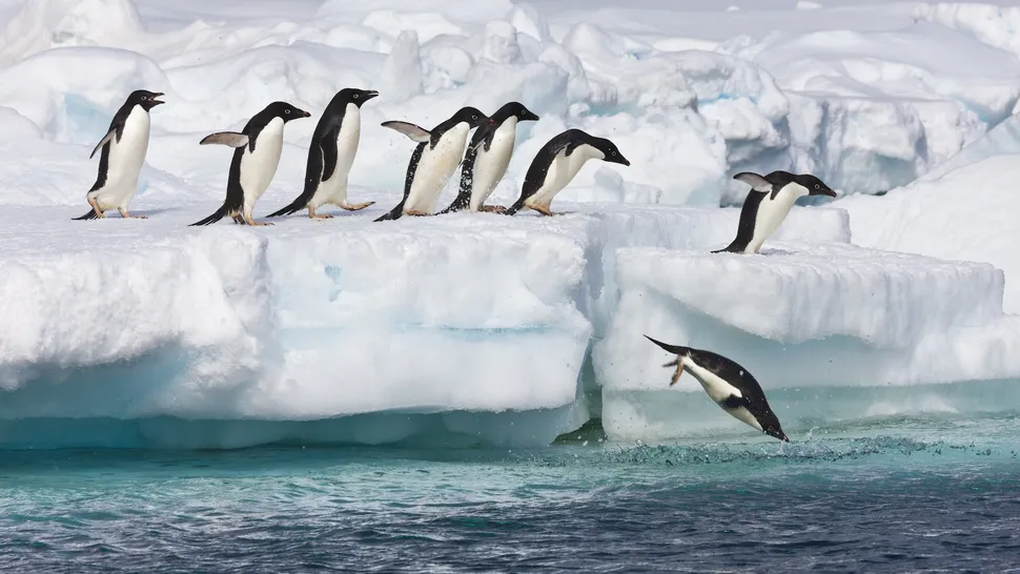
From above, Antarctica looks like a cold, flat, desolate land, but beneath the ice lies a hidden world. Scientists have discovered diverse biomes, lakes, rivers, mountains and valleys, primitive bacteria, and even the remains of ancient ecosystems.
Nearly 90% of Antarctica is covered by a thick layer of ice, averaging 2.2 km deep, and has been for about 34 million years. However, researchers have only scratched the surface of what lies beneath this mysterious continent.
"It's fascinating to explore past worlds and understand how the continent evolved over time," said Johann Klages, a researcher at the Alfred Wegener Institute in Germany and an expert on Antarctic climate history. "And what does that tell us about human existence on this planet?"
Klages is the first person to find fossilized amber in Antarctica, the remains of ancient temperate rainforests that covered the continent more than 90 million years ago. Klages believes there is a chance of finding more amber on future expeditions.
Antarctica is also home to more than 400 subglacial lakes. The largest of these is Lake Vostok, which lies under 4 km of ice near Russia's Vostok Station. "And what's in there? Probably bacteria," Klages said, "and possibly life not found anywhere else on Earth."
Glaciologist Christine Dow, of the University of Waterloo, Canada, who used radar imaging to understand what lies beneath the ice surface, said there is a complex river system that carries water in and out of these lakes.
The 4 km thick ice sheet that covers that lake and river system causes the water to behave strangely. Water can actually flow upwards through the thick ice. Gravity doesn't have the same effect here as it does elsewhere.
What lies beneath the ice, however, is less interesting than the lake system. Much of what remains is just granite bedrock.
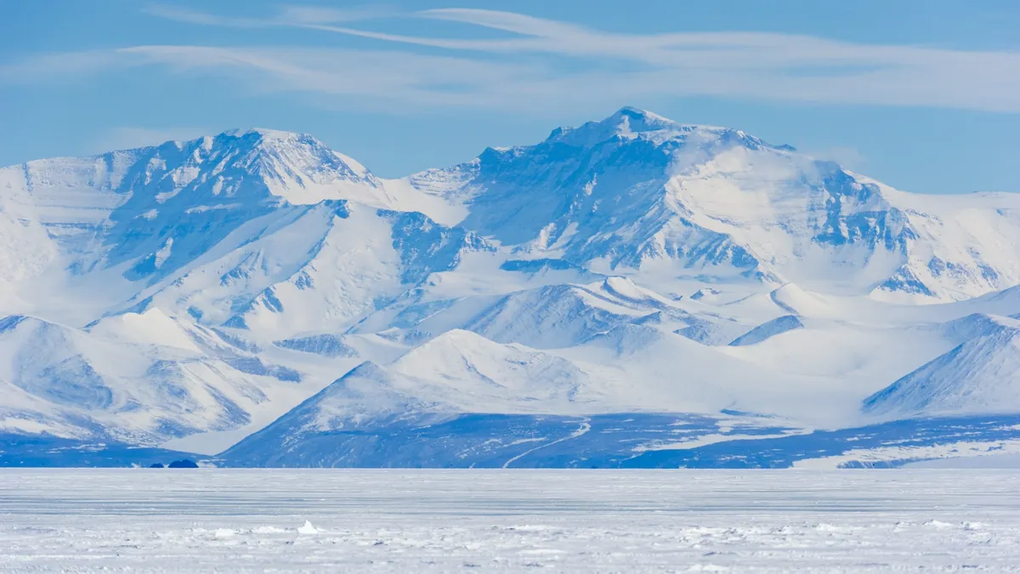
One of the most important factors is the very large flat areas containing sediment below the ice shelf.
This sediment layer is saturated with water and carries it into the ocean, because the ice is basically floating on this sediment layer. It's not as beautiful as the mountains and valleys, but it's important if we want to understand how the ice works here.
Understanding what goes on under the ice is key to predicting what will happen when it melts, scientists say.
There are many areas of Antarctica that are completely below sea level due to the thickness of the ice shelves. The ice covers all the space so there is no sea, for example much of West Antarctica.
If you imagine this ice in a bowl, it is currently full to the brim. But as the ice begins to deplete, it will sink below the brim. And since ice is not as dense as water, it will float to the top and drift like giant ice cubes.
Antarctica is a very volatile place. It is beautiful, mysterious and dangerous. We still have a lot of work to do to explore this land.
Source: https://dantri.com.vn/khoa-hoc/bi-mat-an-giau-duoi-them-bang-nam-cuc-20250513221740157.htm



![[Photo] The 18th Hanoi Party Congress held a preparatory session.](https://vphoto.vietnam.vn/thumb/1200x675/vietnam/resource/IMAGE/2025/10/15/1760521600666_ndo_br_img-0801-jpg.webp)
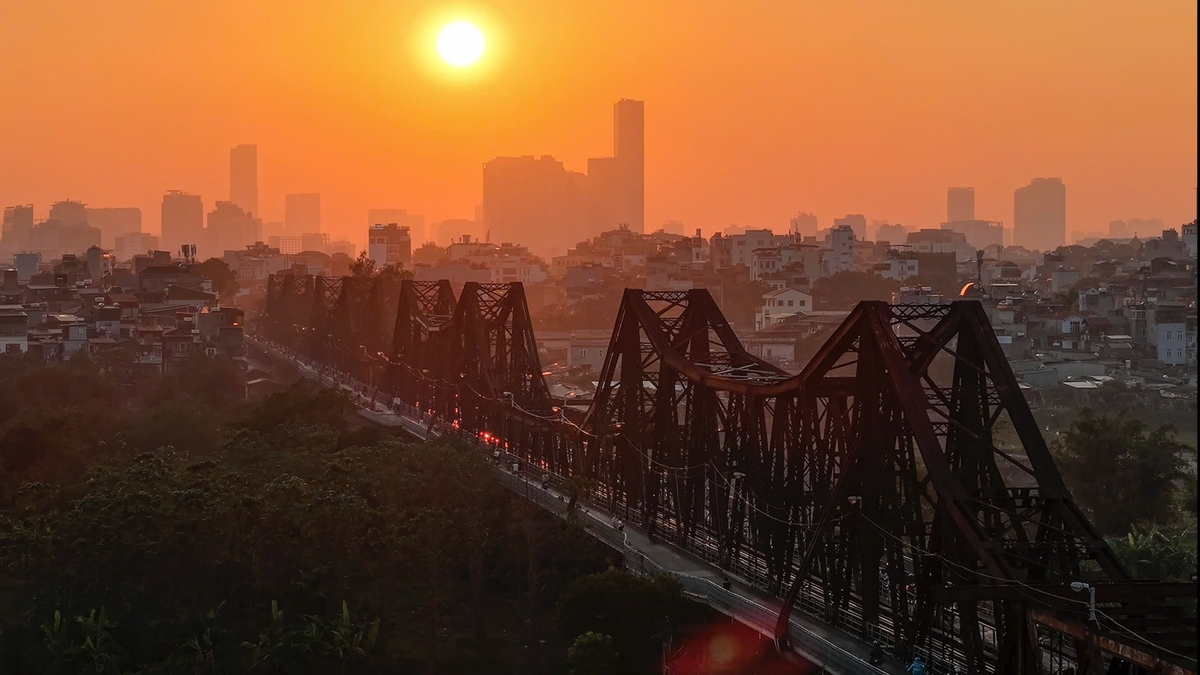
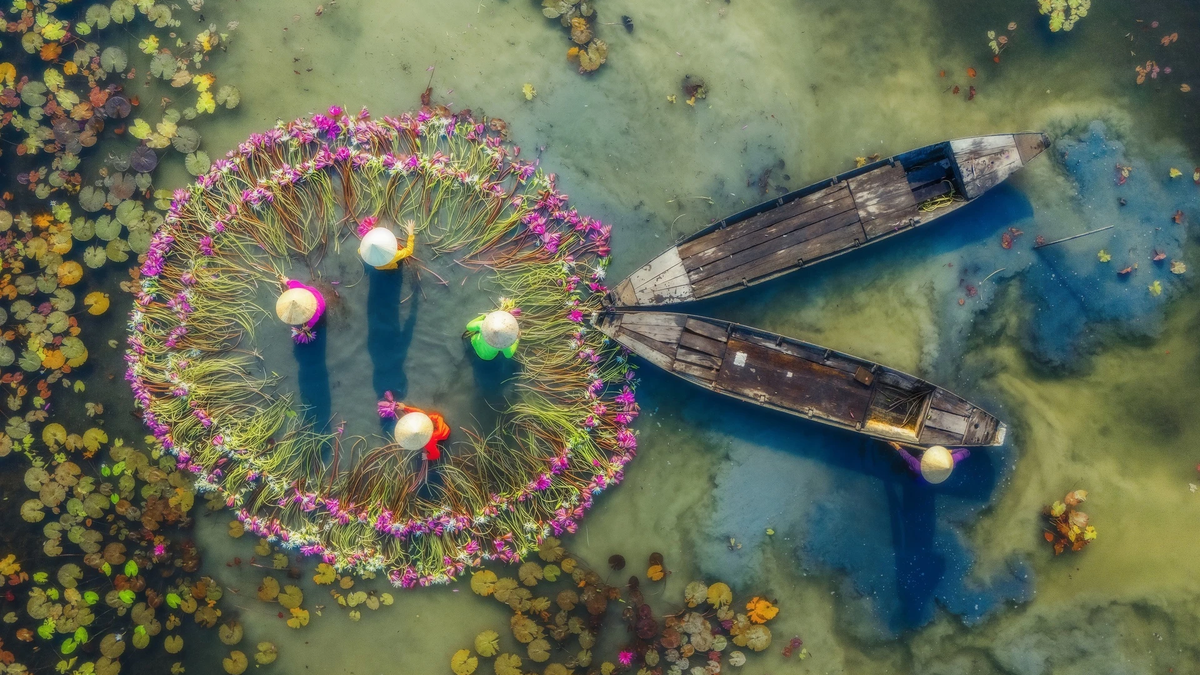


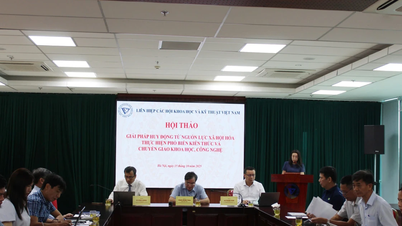


















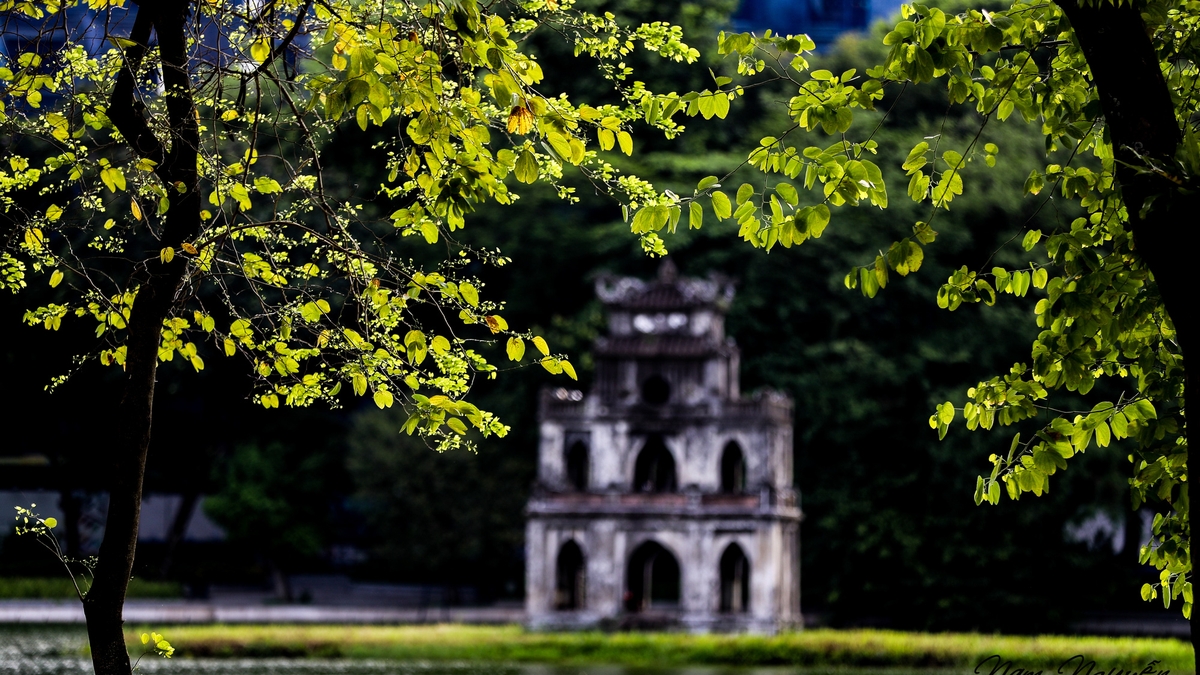
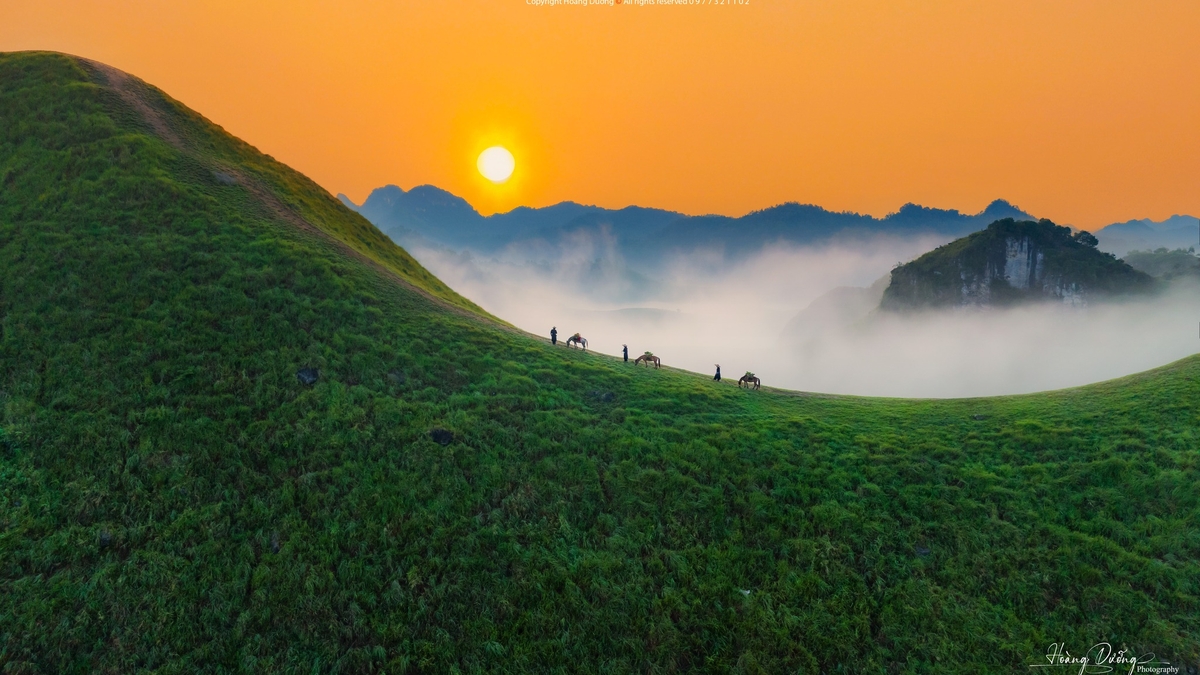


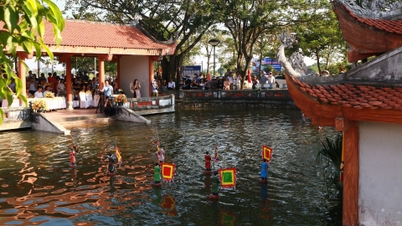


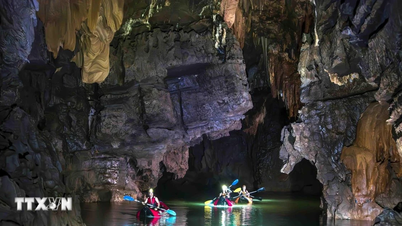

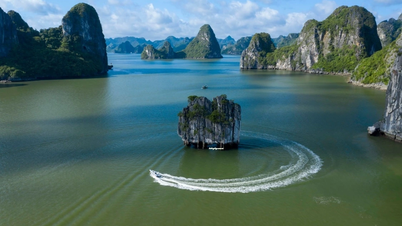




















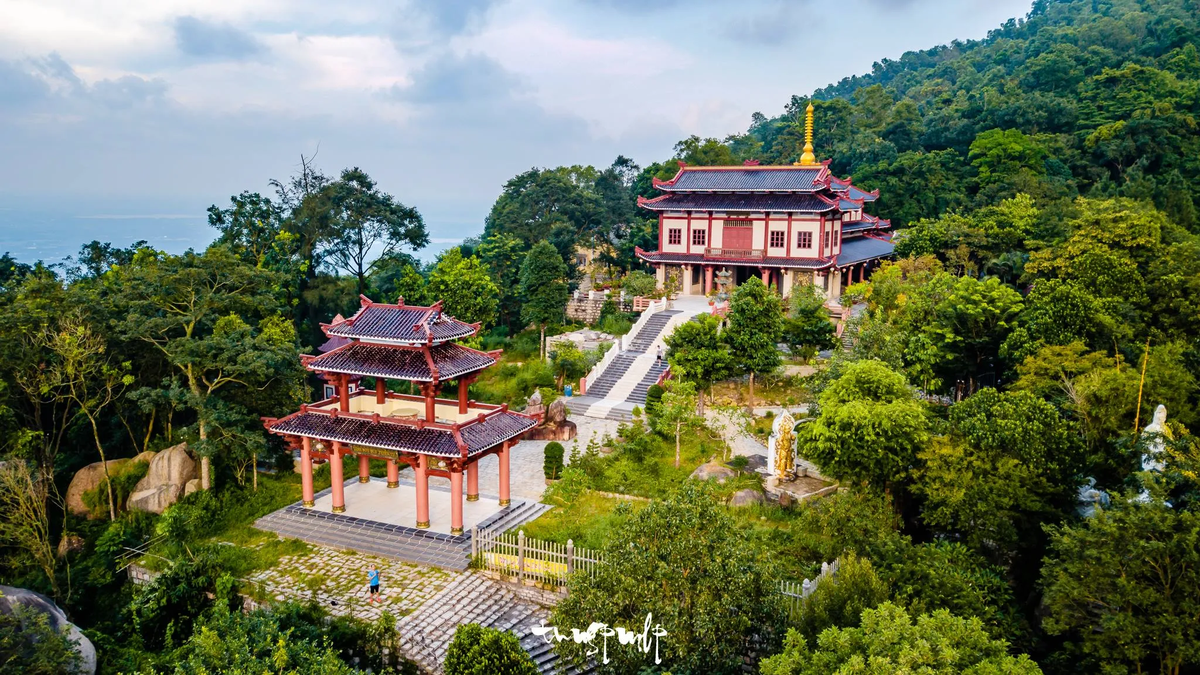
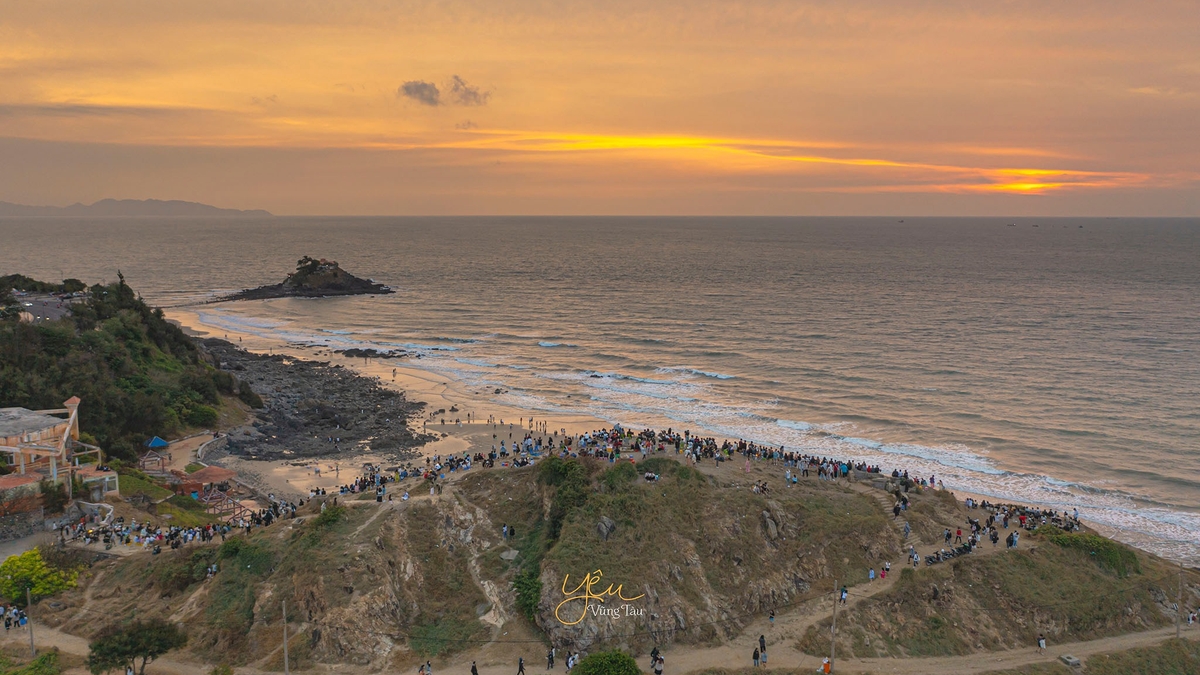







































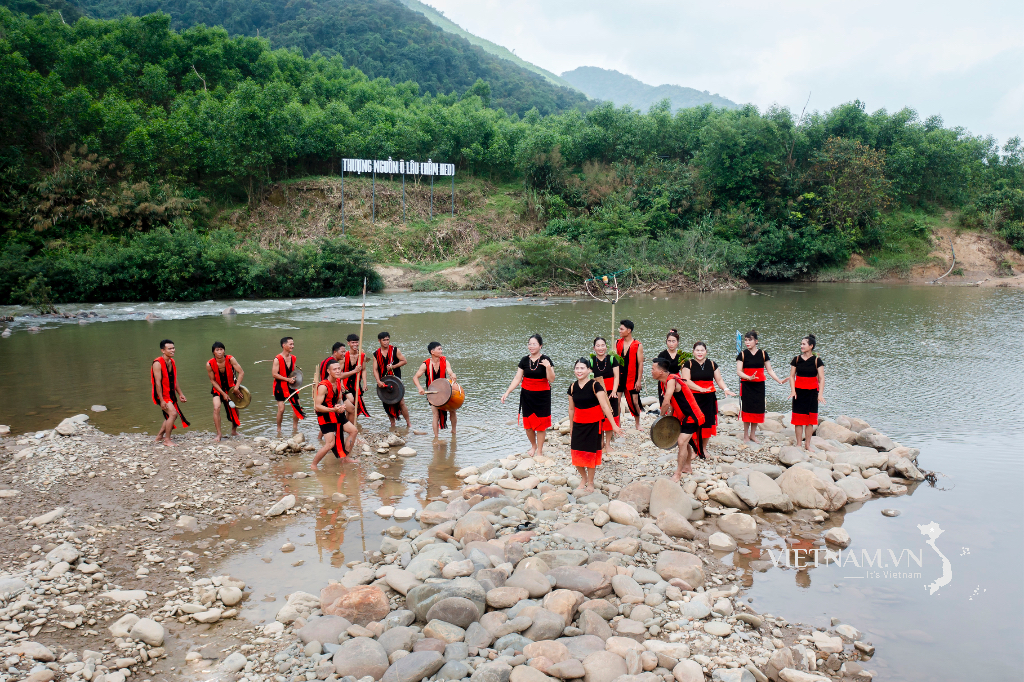



Comment (0)